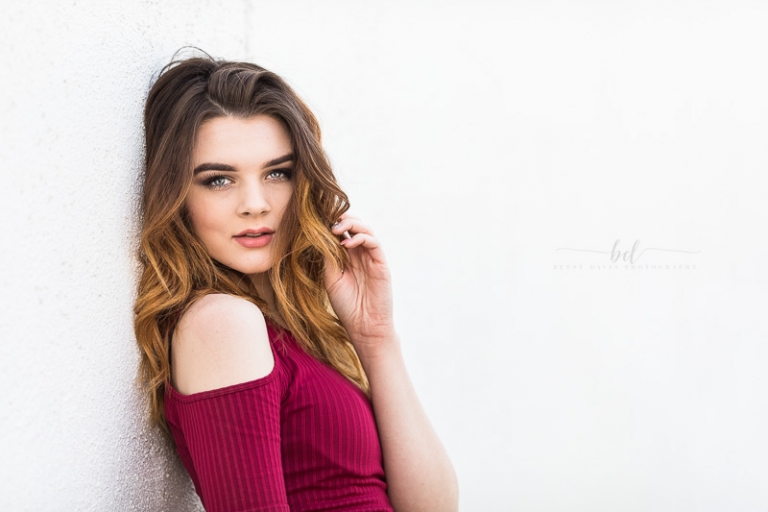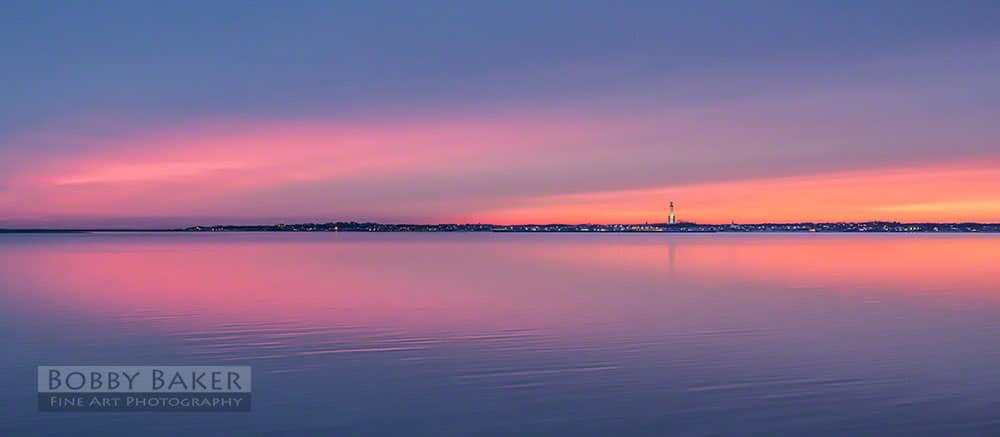Raise your hand if you caught every single episode of America’s Next Top Model. Except, instead of daydreaming of becoming a model, you were itching to be behind the camera at those glamorous fashion photography shoots.
Who can blame you? Those fashion photography shoots were clearly no easy feat, but the end result were stunning images that you couldn’t tear your eyes away from. It’s time to stop dreaming and start committing yourself to getting your foot in the door. But first, lets lay down some ground work.
What lenses are used in fashion photography?

Like any photography genre, a fashion photographers aren’t defined by the type of gear they use. How a fashion photographer uses their gear is much more important than what gear they own. Fashion photographers like Clay Cook got their start in their own living room with basic gear. Even if you only have one lens in your bag, you can still get amazing photos. Using a single lens, especially a prime (fixed focal length) lens forces you to get creative with how you use it. Prime lenses force you to move your feet to get closer to your subject, so your shots are more deliberate.
50mm f/1.8
This is the lens to start with on a small budget, it will get great photos with that beautiful bokeh in the background. This lens creates a subtle distortion in photos which makes subjects look slightly slimmer.
24-70mm f/2.8
You’ll get more use out of this lens than any other lens you might have in your arsenal. The large aperture of this lens gives you that beautiful blurred background. And the variable zoom means you can get both zoomed in and wide angle shots. You can work in some tight spaces with this lens and not have to purchase or carry around a second prime wide angle lens.
85mm f/1.2
This lens is the portrait lens for a reason. It creates the same bokeh mentioned above, which is perfect for fashion photography, and has very little distortion. If you have enough space you can take full body shots with this lens, but fashion photographers typically come in closer for ½ body or headshots.
35mm f/2.8
Unlike longer focal length lenses, the 35mm is a favourite due to its ability to tell a story. While longer focal length lenses focus on the subject, this lens focuses on the whole picture. You can see more of the subject’s surroundings in your photo. When staged right, the environment gives the viewer more visual cues to figure out what’s happening in your photo. Fashion photography aims to tell a story, so this lens will come in handy.
Tips for fashion photography
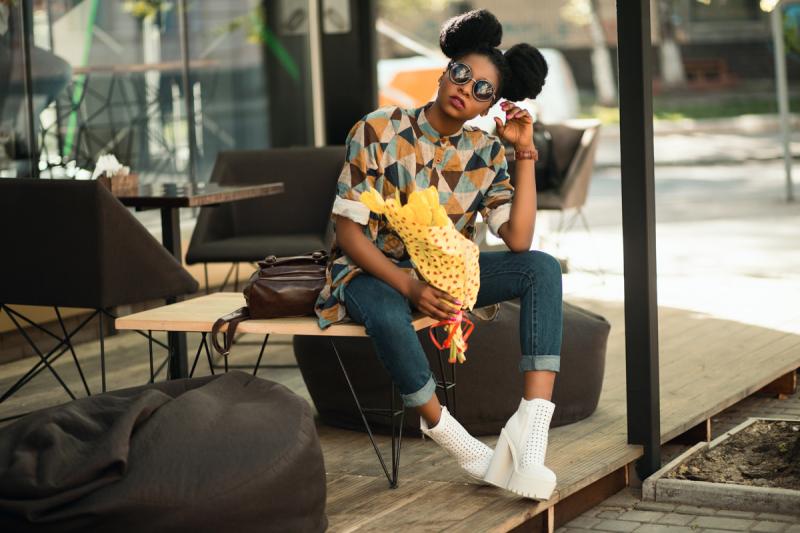
Research posing
Good posing catches the viewer’s attention as much as the actual clothing. If a model stood stick straight in the nicest clothes in the world, a person flipping through a magazine might easily overlook that image because of lack of interest. Speaking of magazines, they are an excellent source of posing inspiration. Instagram is also full of inspiration. Notice how models bend and twist their limbs to create interesting shapes with their bodies? This gives the photo an edgy feeling, something different and out of the norm. Good posing will also elongate the body, making limbs seem long and strong. Most importantly, good posing should show off the clothing worn.
You might be thinking “why do I need to study posing?”. As someone breaking into the fashion photography field, you can’t expect to be working with experienced models. You’re bound to run into models that have no idea what they are doing and you’re going to have to guide them. Or you might work with an experienced model who is having an off day and needs a starting point to get into their modelling groove. Don’t see learning posing as beneath you.
Don’t overlook Clothing + Hair + Makeup
Unless you’re working with a stylist and a hair and makeup assistants, your career might start off where you’re responsible for the whole look of the shoot. This includes hair and makeup. Even if you don’t do hair and makeup yourself, discuss what kind of a look or feel you’re going for with your model before the day of the shoot.
Location, location, location
Where you set your shoot is really important. If you’re not shooting in a studio, pick an environment that matches the feel of the clothing. Is your subject modeling soft romantic flowy dresses? A graffiti wall isn’t going to be the best choice for backdrop. Neither is a field of flowers the best location for your tattoo and leather covered model. One should compliment the other.
Go high and low
Challenge yourself to shoot from as many angles as possible. Shoot from the ground looking up, and from up high looking down. Shooting everything from eye level gets boring. Sometimes something you don’t think will work will look amazing.
Confidence is key
This applies to all photographers: you be confident when directing your subjects. Even when you’re unsure, don’t let your model see your uncertainty. Your energy affects the whole shoot, so your uncertainty can affect your model’s confidence which can ruin the shoot. Stay upbeat and encouraging to your model. Being confident isn’t the same thing as being perfect. Not everything photographers try works out and look good, but experimenting leads to growth and improvement.

Who are some famous fashion photographers?
Each photographer here has managed to curate their own aesthetics. Check out their websites for some of their best work! Something may inspire you
- Sebastian Kim
- Annie Leibovitz
- Arnaud Pyvka
- Camilla Akrans
- Arnaldo Anaya-Lucca
- Aline & Jacqueline Tappia
- Georges Antoni
- Barbara Anastacio
How can I get a job in fashion photography?
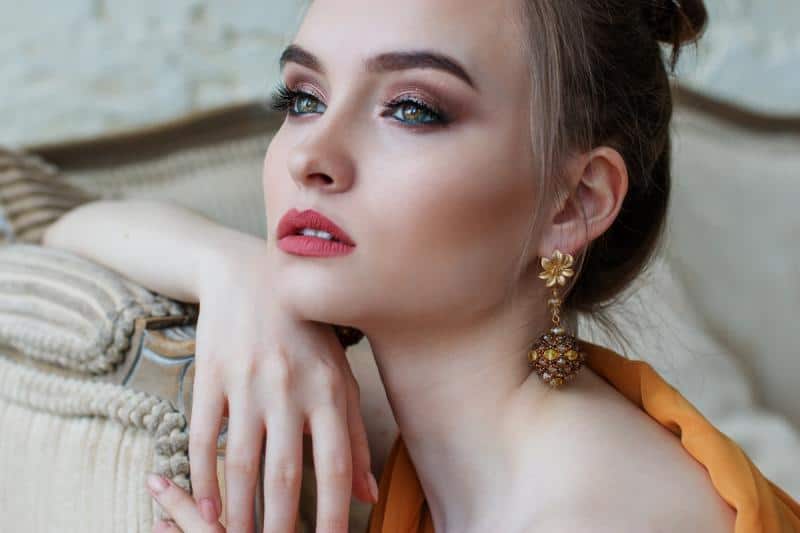
The best way to break into the industry is to work as an assistant for another photographer. Some productions can be quite big with other assistants. These other assistants might be willing to share their knowledge too, this knowledge can be just as valuable as the photographer’s knowledge. Ask the photographer questions, but limit the number and wait for a good time to ask. Don’t pepper the photographer with a dozen questions while they’re focusing on directing the model. Be patient, put the time in for a few years and you’ll get your foot in the door.
Another tried and tested method is to learn by experimenting on friends and family first. Improve your posing and confidence before you reach out to strangers. You might find some aspiring local models, makeup artists, and hairstylists on Instagram who are willing to collaborate with you. Making connections with other creatives is just as important as meeting other photographers. Put together a portfolio of your strongest images and send them to a modeling agency. Best case scenario they’re calling you back to set up a meeting, but you also might not hear a thing. Don’t be discouraged if that’s the case, keep practicing and try again in a few months. Reach out to more than one agency, your style might not appeal to all agencies. Just remember, we all hear no sometimes. If you get a no from one or a dozen people, keep trying until you find that one that says yes!
Don’t give up, you’ve got this
It’s time to stop reading and start practicing! We believe in you and we want you to trust and believe in yourself too! The more you practice, the better you’ll get. Put your work out there for the word to see on Instagram. Use some rare hashtags to get your work noticed by others too! Good luck!!


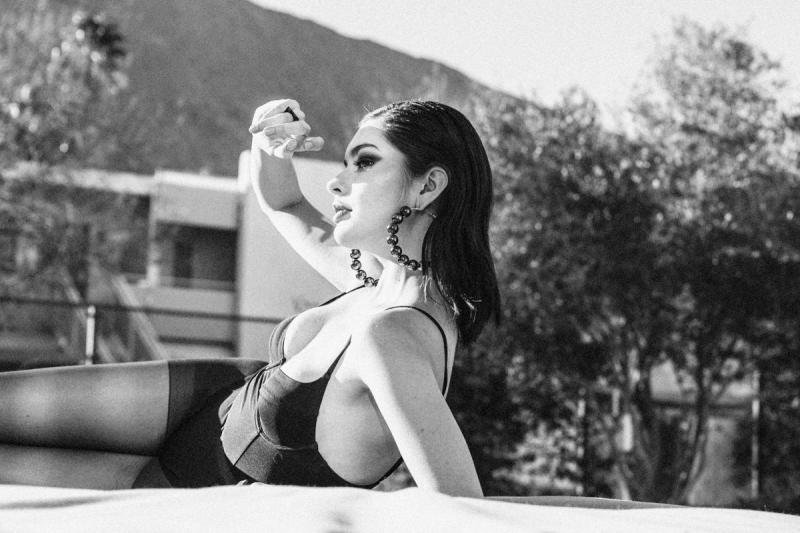

![Getting Started with Light Painting [Beginners Guide]](https://colesclassroom.com/wp-content/uploads/2020/05/asphalt-blur-car-city-290470-768x512.jpg)
